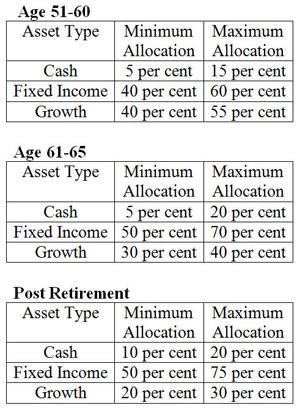Advisors disagree on retirement planning approaches
Post on: 16 Март, 2015 No Comment

Nearly three-quarters of financial advisors consider retirement income planning to be a core focus of their practices, but they disagree about how to measure whether retired clients are on track with their plans.
Russell Investments discloses this finding in its third quarter Financial Professional Outlook, a quarterly survey of U.S. financial advisors. The research examines advisors views on key issues surrounding their practices.
One-third (34 percent) of the advisors surveyed say they measure clients retirement plans based on preservation of principal after distributions, followed by the portfolios maintenance of a projected rate of return (20 percent). Only 15 percent say they evaluate the net present value of clients projected assets against projected liabilities.
More than half (53 percent) of the advisors surveyed say they wish they had planning and implementation tools to increase or maintain their expertise in retirement income planning. Additionally, 45 percent express a desire for seminars and workshops, 35 percent hope for tailored self-study materials, and 32 percent wish they had access to retirement income specialists.
The survey adds that a large majority (81 percent) of respondents say they use a total-return approach to generate income for clients, while only 7 percent said they use a yield-seeking approach.
Advisors and their clients need a meaningful reference point to discuss sustainable income in retirement, and preservation of principal or a rate of return hold very little meaning for an investor trying to fund a desired retirement lifestyle, says Rod Greenshields, consulting director for Russells U.S. advisor-sold business. This reference point needs to be tied to actual desired outcomes. Yet today, very few advisors are approaching retirement income planning in this way.
Nearly eight in 10 of the survey respondents (78 percent) say that they most often recommend a diversified portfolio of mutual funds to help clients achieve retirement income goals. Other top selections include:
● dividend-paying equity funds (48 percent);
● dividend-paying stocks (48 percent); and

● fixed income securities (32 percent).
Among the least popular options, the report adds, are:
● fixed annuities (16 percent);
● immediate annuities (19 percent); and
● mutual funds that produce income in retirement, such as managed payout funds and target distribution funds (19 percent).














